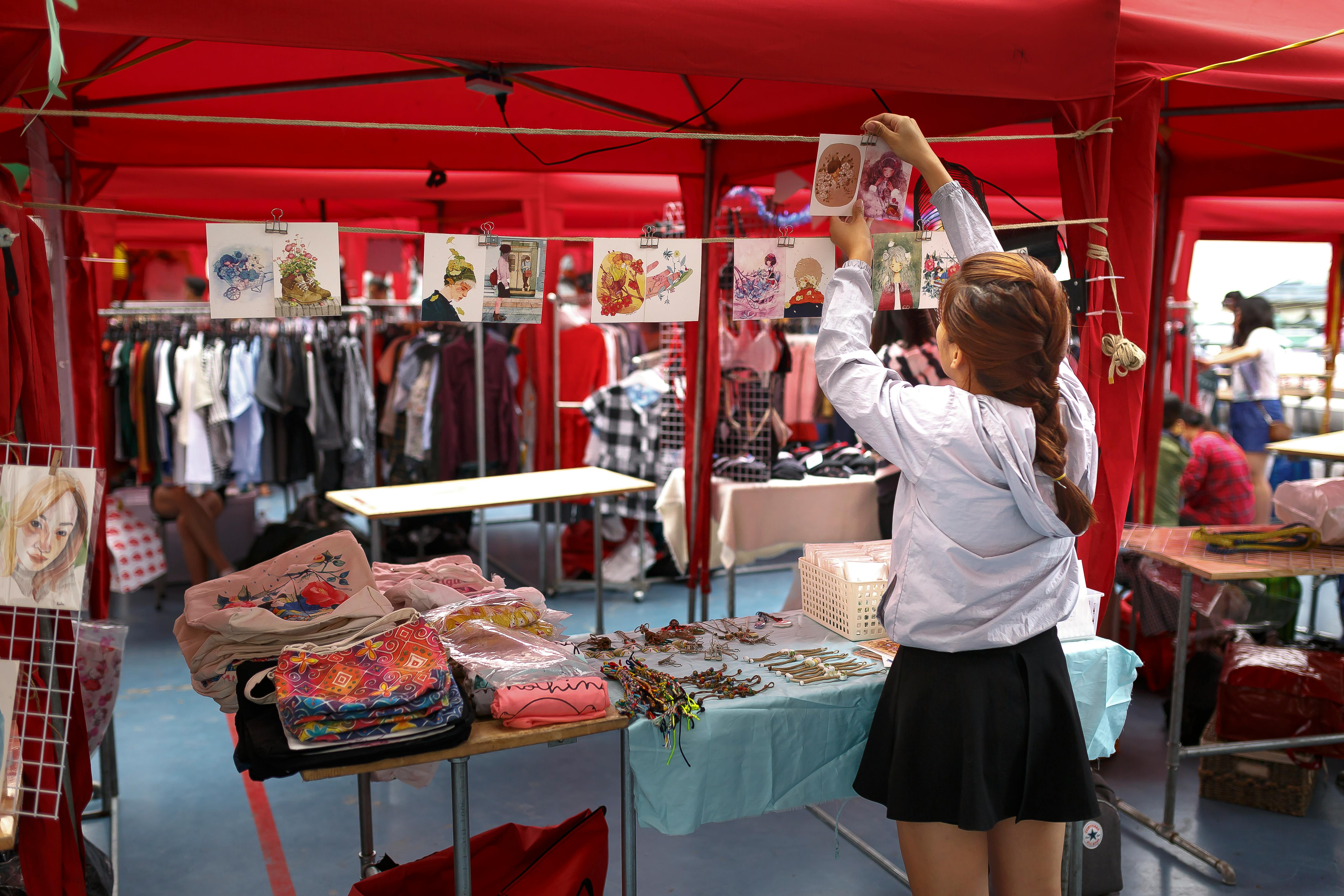In university life, student activism serves as a crucial thread, weaving together diverse voices throughout the process of advocating for meaningful change. Yet, within the realm of campus activism, the journey toward equity and inclusivity is often met with obstacles and challenges. This is particularly evident in the experiences of queer students striving to establish spacesin which the political nature of intersecting identities is at the centre of conversations, activities and actions. In this article, we delve into the journey of three students who sought to ratify the student club “Lesbians for Livable Futures,” and explore the systemic hurdles they faced within the Students’Union Okanagan (SUO). This connects to a call for accountability within the student union. From missed meetings to opaque decision-making processes, the struggle for queer representation on campus sheds light on broader issues of transparency, communication, and support within student governance structures.
Ideja, Neela, and Lola are three students who came up with the idea of starting the club last semester. Neela, the organizer of the club, said, “Lola and I were discussing the intersection of queerness with the activism we were doing because we had been doing a lot of climate-related activism, but it is not very intersectional and doesn’t feel welcoming in certain ways. That’s where the idea of Lesbians for Livable Futures came. We wanted to have a club on campus to create a culture where queerness was talked about in the same context as our political work, and not as a separate thing.”
Excited by the potential impact of such an initiative, they diligently submitted a club application. However, what followed was a frustrating series of bureaucratic challenges and missed meetings, highlighting systemic challenges within the SUO.
Eventually, Ideja, Neela, and Lola managed to get the club on the agenda of a board meeting through Osho Gnanasivam, the current Vice-President Finance. However, when the meeting happened, the club was rejected with 16 “no” votes, and one “yes,” and they were provided no explanation for it. Ideja explained:
“That was hard to deal with. We went to the SUO office last Friday, 22nd March, and we attended the board meeting that was happening at the time . . . So, we asked them for an explanation for the numerous missed meetings. There was no explanation, really. We just wanted to know why our club got rejected. At this point, Cade [Desjarlais], the [SUO] president, said when the board is voting for a club, [it] isn’t mandatory to explain the reason for your vote. To this, Lola said, ‘No offence, but that doesn’t make any sense.’”
“During the meeting, we were told that the club was denied because we already have a Pride Resource Centre, although that was never brought up while voting,” Ideja added. “If . . . [an SUO representative] had met with us, he’d know that our club was different. If you connect with any queer person on campus, they will tell you that the resource centre doesn’t create enough of a community, especially one that is politically oriented. Because Fits and Bits, which arguably is very similar to Seamless Fashion Club, both exist, and that is because I am sure they had a chance to express what differentiates them and why they should exist, so it doesn’t make sense that we weren’t given the same opportunity.”
The Phoenix asked Desjarlais about his opinion on voting procedures and the reason for the rejection of the club, and he commented:
“I do not think it’s fair that the Board of Directors do not need to give rea-
soning for the vote decisions; however, they are entitled to their vote. I can only encour-
age discussion. As for the reasoning why this club was rejected, I frankly have no idea why. A handful of about 10 clubs were rejected at that particular board meeting, and I was very confused why. The SUO has been working to manage the amount of clubs we have to make sure the clubs get the funding they request, but this was not mentioned. I plan on bringing some of the rejected clubs back for ratification at the April board meeting to make certain that directors indicate why they agree or disagree with club ratification. Lesbians for Livable Futures is one of these clubs.”
The club still hopes to be ratified this semester so that they can be renewed next semester. Ideja is trying to find where she can file a complaint about her experience, having had little luck in her efforts to hold people accountable in the SUO.
Desjarlais commented on students’ feedback and complaints, stating:
“If students have continual problems they can contact me directly, contact the Student Advocate for support, use our online help form, visit the Outreach Coordinators’ office hours, contact a current board member to escalate the complaint or contact the Oversight Committee Chairperson. I’ve flagged that there should be a complaint form that can be used to send in direct feedback that I am recommending in my transition report. Finally, in a more general sense, we launched the SUO impact survey to gather better insight from students on where the SUO can improve and support students.”
According to the students behind Lesbians for Livable Futures, there is a huge gap between what queer students demand and the support they currently receive, and as the current student union executives come to the end of their terms, it is important for newly elected members to work towards solving efficiency and accountability-related issues.
“I see this experience as a larger culture on campus where student activism is made really difficult through different avenues, and a lot of times those avenues have to do with UBC itself, and its neoliberal structure, but also with the student union being a student body, seeing a body that is supposed to be on the student’s side and support their needs and wants, it is really frustrating to see,” concluded Neela. “There is a plethora of ways in which student voices are stifled, and it shouldn’t be our job to hold our union accountable in the ways that it blocks advocating for, not even a great, but just a livable future.”



